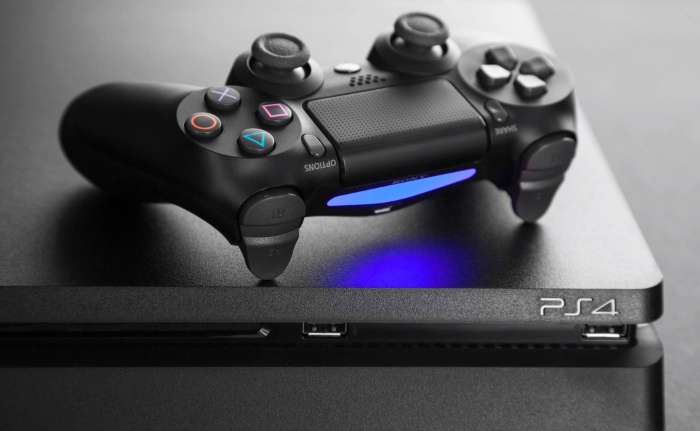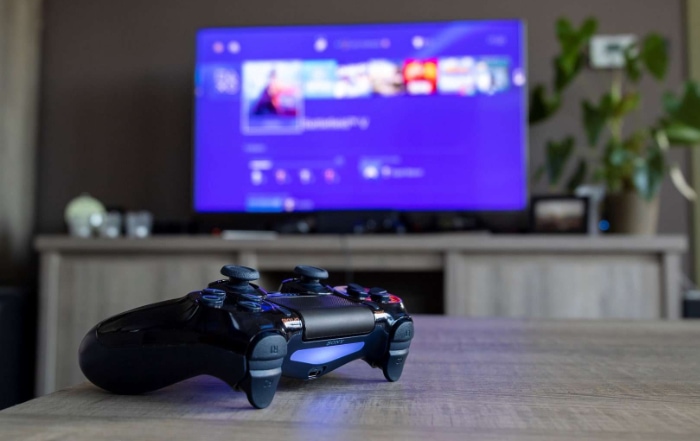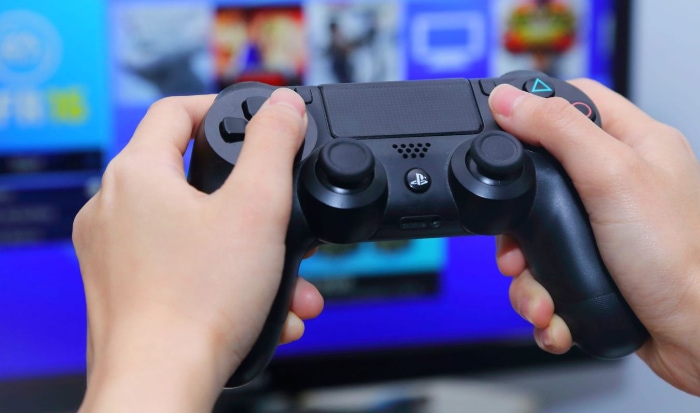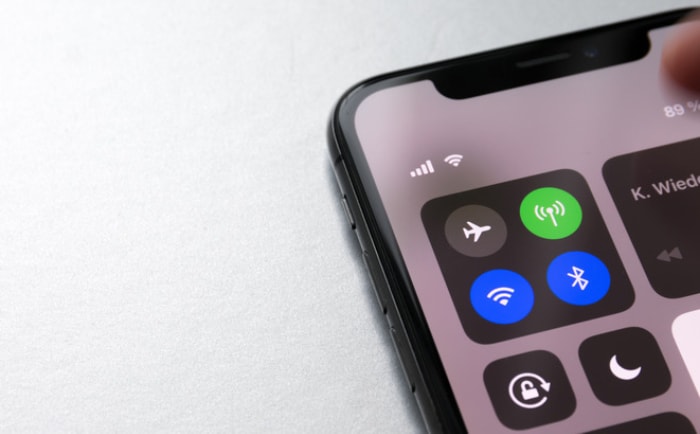PS4 Lifespan: How Many Years to Expect?

Your trusty PlayStation 4 has served you well, but its time in the spotlight is fading. Figuring out how much life is left in your console depends on two separate clocks: the physical resilience of its internal components and the ongoing software support from developers.
Here, you will find realistic timelines for hardware survival, considering the differences between the original, Slim, and Pro models. We will examine how heat, dust, and usage patterns impact durability and what Sony's focus on the PS5 means for your game library.
Defining the PS4's Lifespan
The useful life of a PlayStation 4 is measured in two distinct ways. The first is its physical endurance, or how long the hardware will function before it breaks down.
The second is its support lifecycle, which is the period it continues to receive new games, system updates, and online service support from Sony and other developers. Both aspects determine how long your console will remain a practical and enjoyable part of your gaming setup.
Hardware Durability vs. Software Support
A console's hardware durability refers to the physical condition of its internal components. With proper care, the machine itself can continue to function for many years.
In contrast, the software support lifecycle is determined by market forces and technological progress. As developers shift their focus to newer hardware like the PlayStation 5, the stream of new game releases, performance patches, and official online services for the PS4 will gradually diminish.
Your console may work perfectly, but its utility will decrease as the industry moves on.
How You Use Your Console Matters
The way you use your console directly impacts its operational life. A system subjected to hours of graphically intensive gaming every day will experience more wear and tear on its processor and cooling system than a console used occasionally for media streaming.
Even leaving the console in its idle rest mode for extended periods contributes to component use. The intensity and frequency of your habits are significant variables in how long the hardware will hold up.
Differences Between PS4 Models
Not all PlayStation 4 consoles were created equal. The original launch model, the more compact Slim, and the more powerful Pro each have unique internal designs.
These differences affect their thermal performance and ability to handle stress over time. For example, the PS4 Pro was engineered with a more robust cooling system to manage the heat from its enhanced hardware, which can give it an edge in handling demanding games over many years compared to the original 2013 model.
Typical Lifespan Expectations
While there is no fixed expiration date for a PlayStation 4, you can form a realistic expectation of its operational window. Most consoles are built to last for several years, but their actual survival depends heavily on use and maintenance.
A well-cared-for machine can easily outlast one that is pushed to its limits and neglected.
Baseline Hardware Survival
Under normal conditions, you can expect a PlayStation 4 to function reliably for at least five years. Many owners find their consoles are still running without issue for seven to ten years or even longer.
This extended functional life is typically the result of moderate use and consistent care. A system that endures daily marathon gaming sessions in a poorly ventilated space is far more likely to fail sooner than one used more casually.
Factors That Influence Durability
Heat is the primary adversary of electronic components, and the PS4 is no exception. Sustained high temperatures cause stress on the processor and other internal parts, accelerating wear.
Dust is a close second, as it clogs vents and insulates components, trapping heat and forcing the cooling fan to work harder. The intensity of your gaming sessions also matters; prolonged, demanding gameplay generates more heat than simple media streaming.
Finally, gentle handling of the console, its ports, and its cables helps prevent physical damage that can shorten its life.
How Console Models Differ
The specific model of your PS4 also plays a role in its resilience. The PS4 Pro, with its more powerful hardware, was also designed with an improved cooling system to manage the extra heat generated by 4K gaming.
Consequently, it can often handle heavy graphical loads more effectively over time than the original 2013 model, which is more prone to running hot. The Slim model offers thermal improvements over the launch console in a smaller form factor, but the Pro's design gives it a distinct advantage for sustained, high-performance use.
Support and the Software Ecosystem

A console's hardware can outlast the official support it receives from the gaming industry. As Sony and other developers turn their attention to the PlayStation 5, the PS4 has entered a gradual phase-out period.
This transition directly affects the availability of new games and the future of online services, defining the practical usefulness of the console for years to come.
The Phase-Out Period
When a console is “phased out,” it does not mean it stops working overnight. Instead, it is a slow decline in new software releases.
Sony's first-party studios are now almost entirely focused on developing games for the PS5, so you will see very few, if any, major new exclusive titles for the PS4. While some third-party developers may continue to release cross-generational games, these versions are often designed for the new hardware first, meaning the PS4 version may have compromised performance or features.
This shift marks the end of the console's time as a platform for cutting-edge releases.
Continued Usability
Despite the move toward the PS5, the PlayStation 4 remains a highly functional machine for a massive number of players. Its vast and celebrated library of games is not going anywhere. The enormous active user base ensures that developers have a strong incentive to keep online services running.
You can expect access to the PlayStation Store, online multiplayer, and your digital library to continue for a considerable time. The console is evolving from a machine for new experiences into a powerful device for enjoying its extensive back catalog.
Practical Implications for Gamers
For the average PS4 owner, this transition means a gradual reduction in new titles to purchase. Over time, the most anticipated releases will be exclusive to the PS5.
However, your PS4 will remain an excellent way to play hundreds of acclaimed games you may have missed. Access to the PlayStation Network for online play and digital purchases will remain essential for its prolonged function.
The console's usefulness now depends more on its existing library and less on the promise of future releases.
Maintenance and Care to Extend Its Life
You can actively prolong the functional life of your PlayStation 4 through consistent and thoughtful maintenance. Simple habits focused on managing heat, controlling dust, and ensuring gentle operation will protect the internal components from premature failure.
Thermal Management Practices
Proper ventilation is critical for your console's health. The PS4 generates significant heat during operation, and its internal fan needs unrestricted airflow to dissipate it effectively.
To achieve this, never place the console inside a closed cabinet or on a cluttered shelf. Always leave several inches of open space around all sides, especially the back where most of the hot air is expelled.
It is also wise to keep it away from external heat sources like radiators, direct sunlight, or other electronic devices. A cool, open environment is the best defense against thermal stress.
Dust Prevention and Cleaning
Dust is a persistent enemy of electronics, acting as an insulator that traps heat and forces the cooling system to work harder. You can mitigate its impact with regular, simple cleaning.
Frequently wipe down the exterior of the console with a dry microfiber cloth to prevent dust from accumulating and entering the vents. Periodically, you can use a can of compressed air to carefully blow dust out of the vents and ports.
When doing so, use short bursts from a distance to avoid forcing particles deeper into the machine.
Sensible Daily Operation
Your usage patterns have a direct influence on component wear. While the console is designed for gaming, avoiding excessively long, uninterrupted sessions can reduce the strain on its processor and cooling fan.
Giving the machine a break during a marathon gaming day allows it to cool down, which can help prevent long-term heat damage. Furthermore, always handle the console and its connections with care.
Insert and remove cables gently to avoid damaging the ports, and ensure the console is stored in a dry, stable environment to protect its delicate internal electronics.
Repair, Replace, or Upgrade

Even with excellent care, your PlayStation 4 will eventually show its age or face a hardware failure. When this happens, you will need to decide whether to seek a repair, find a replacement, or make the leap to a PlayStation 5.
The right choice depends on the specific symptoms, the cost of a potential fix, and your own gaming priorities.
Recognizing Signs of Failure
Certain persistent issues are clear indicators that your console's hardware is struggling, especially if they continue after you have performed basic cleaning and maintenance. A fan that is constantly loud and sounds like a jet engine suggests the cooling system is failing to manage heat.
Frequent and unexplained game crashes or system freezes point to potential problems with the processor or memory. If the console repeatedly overheats and shuts itself down, it is a serious sign of internal failure. Likewise, error messages related to the hard drive or unusually long loading times can signal that the storage is failing.
Weighing Costs Against Benefits
When faced with a significant hardware problem, you must perform a simple cost-benefit analysis. A professional repair for an out-of-warranty PS4 can be expensive, sometimes costing a substantial fraction of a new console's price.
You should weigh that repair cost against the advantages of upgrading to a PS5. The newer console offers significant performance improvements, drastically faster loading times, and access to a growing library of next-generation exclusive games.
As more developers shift their focus entirely to the PS5, the value of investing in an aging PS4 diminishes.
Planning Your Transition
Upgrading to a PlayStation 5 does not mean your PS4 becomes worthless. One of the most practical approaches is to plan a gradual transition.
You can keep your older console as a dedicated machine for playing its extensive back catalog of games, especially if you have a large collection of physical discs or digital titles. Your new PS5 can then become your primary device for all new releases and for experiencing the performance benefits of modern hardware.
This strategy allows you to preserve the value of your existing library while fully embracing the next generation of gaming.
Conclusion
A well-maintained PlayStation 4 can be expected to provide five to ten years of reliable service. There is no set expiration date for the hardware; its functional life is ultimately determined by factors within your control, such as effective heat management, regular dust removal, and moderate usage habits.
A console that is kept cool, clean, and handled with care will consistently outlast one that is neglected and pushed to its thermal limits.
As Sony and game developers concentrate their efforts on the PlayStation 5, the PS4's role is naturally shifting. It remains a perfectly capable machine for its vast library of existing games and will continue to have access to online services for the foreseeable future.
The most sensible approach is to plan a gradual move to the next generation, guided by your console's performance and the availability of new games you wish to play. Your PS4 can continue to serve you well for its back catalog, making the upgrade a strategic choice rather than an immediate requirement.


